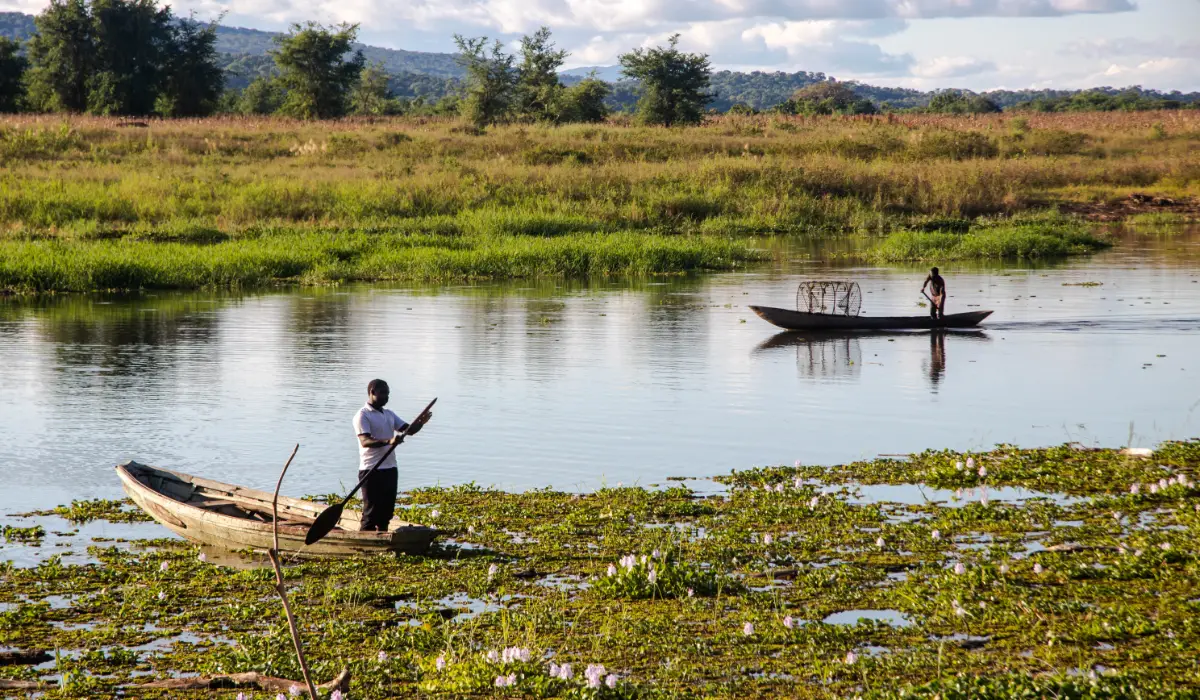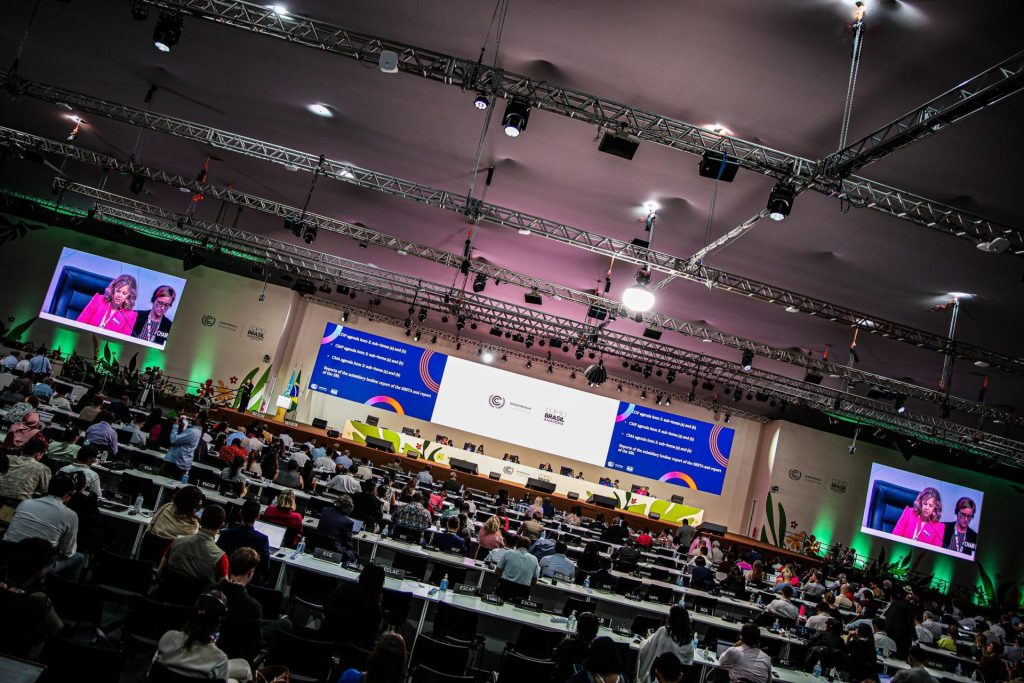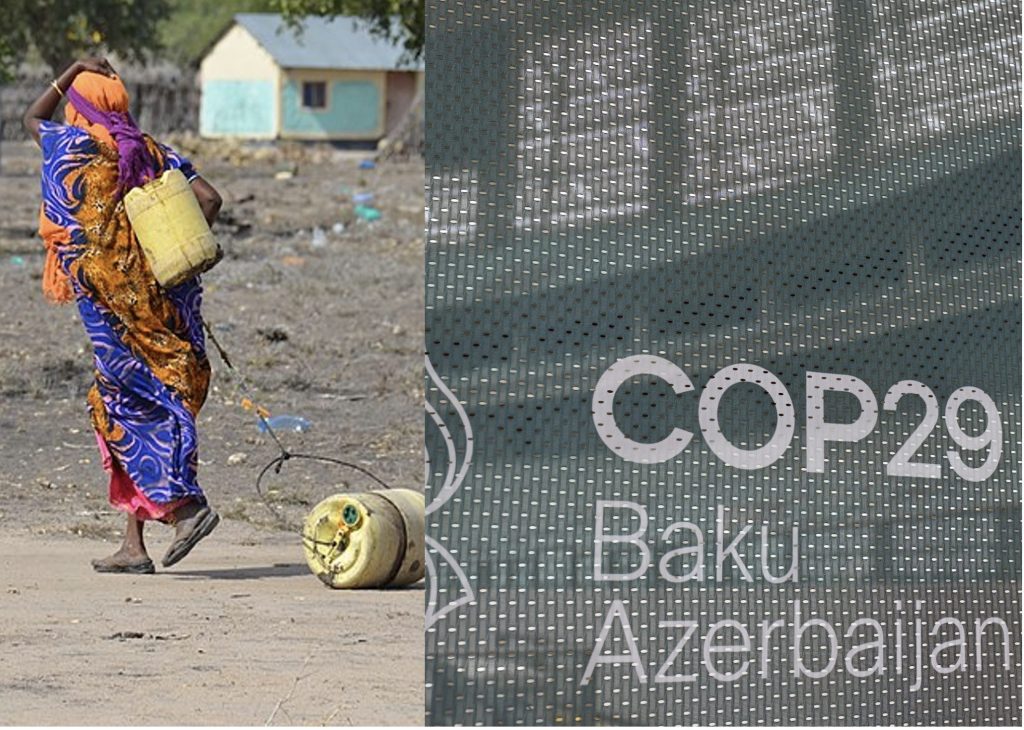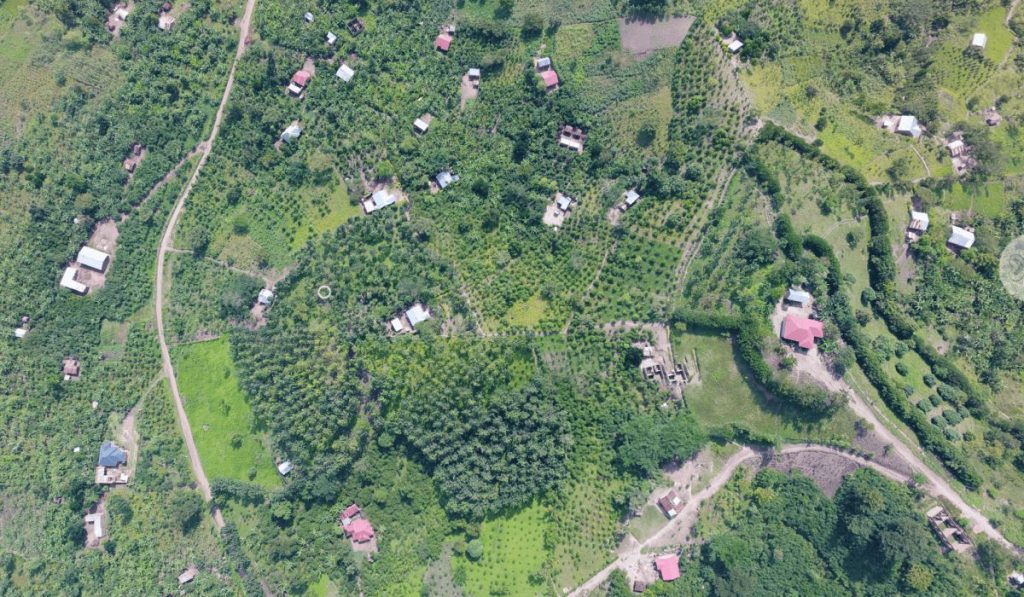COP 28 in Dubai last year heralded the approval of the UAE Framework for Global Climate Resilience (popularly known as the GGA framework). The framework was developed to give effect to the Paris Agreement’s global goal of enhancing adaptive capacity, strengthening resilience and reducing vulnerability to climate change.
The GGA framework consists of 11 specific global adaptation targets (seven targets for seven thematic sectors and four targets for iterative adaptation cycle). In Dubai, parties agreed to launch a 2-year work programme to develop indicators to track the implementation of these 11 targets. It is these indicators that will be the main focus of the GGA discussions at COP29 this year.
As part of the work programme, parties and non-party stakeholders proposed a series of existing indicators that could be used to track the GGA. The Chairs of the Subsidiary Bodies and UNFCCC Secretariate appointed 78 technical experts to refine these indicators and make them suitable for tracking the GGA.
At COP29, countries will receive progress updates from the experts tasked with refining the indicators. Given that the experts have been working on these indicators for only six weeks on a voluntary basis, little progress is expected. Progress has also been slowed by the lack of clear guidance on how the analysis of the indicators is to be conducted, apart from the minimal guidance provided in the conclusions of the climate talks in June this year. Following this, five key considerations are expected to dominate GGA negotiations at COP 29:
- Considerations for new indicators: Given that there was never a multilateral process to develop climate change adaptation targets or indicators before, many parties have sought to use existing indicators, which are mostly from multilateral frameworks that were developed for other purposes, including development in general. Because of the close link between climate adaptation and development, these indicators are partly relevant, but fall short in some cases, considering the nature on which the GGA targets are structured (consisting of three key elements – to reduce climate change impacts, and vulnerability and increase/strengthen resilience). For that reason, it may be necessary to develop new indicators for some targets. However, the administrative and financial burden of reporting, and the availability of data to track any new indicators are likely to be major points of discussion at COP 29. Although additional reporting burden cannot be avoided, it can be minimised for new indicators, and this should not be used as an excuse to dismiss new indicators given the greater good of having relevant, appropriate and effective indicators that can track whether the world is on course for achieving the GGA or ambition can be raised. Such good indicators can be used to review the GGA framework.
- Further guidance for experts on how they could continue with the analysis of indicators. Further guidance would include the modalities on how this work can be performed by experts (considering that there are seven groups for the seven theme targets and one large group for the four adaptation cycle targets). This ensures that expert groups do not work in silos but rather create synergies for the cross-cutting indicators and other cross-cutting issues. For example, guidance is needed on the stage at which experts make suggestions on existing indicators mapped as relevant for GGA. This is important for ensuring that at the next session in Bonn in mid-2025, there are draft indicators that parties can begin discussing.
- Purpose of the GGA Indicators – linking GGA indicators with other UNFCCC reporting frameworks: It is important for GGA indicators to contribute to other UNFCCC reporting processes, such as biennial transparency reporting (BTRs). It is critical to ensure that the one feeds into the other.
- Type of indicators (Global or national indicators): whether indicators would be national or global is yet to be established. GGA targets are global targets that require progress to be measured at that level. But it is also important for global GGA indicators to be supported by national indicators that capture national circumstances and local contexts of adaptation.
- The linking of GGA with the finance goal – COP 29 has been recognised as a finance COP because it will feature discussions on the new climate quantified goal (NCQG). The adaptation component in the NCQG negotiations materially affects what happens in the GGA room in Baku. In particular, it will have implications on the component of the GGA that relates to “means of implementation” – specifically, the adaptation finance component- on GGA and whether there should be an indicator to track finance. Likewise, what happens in the GGA room needs to be closely linked with developments in the finance room at COP 29.
Africa’s priorities at COP 29: There are four important issues that Africa and other negotiating blocs from developing countries in the G77+ China group should prioritise.
- Inclusion of means of implementation support in GGA indicators: The African Group of Negotiators, and the majority of blocs from developing countries consider finance, technology transfer and capacity building as essential for the world to achieve the targets in the UAE Framework for Global Climate Resilience and the overall achievement of the GGA. Therefore, the African group has been consistently pushing for indicators to track these aspects as part of the GGA. This has been a historically contentious point. A set of GGA indicators that does not track means of implementation, would result in an inability to track one of the three components of GGA, namely “enhancing adaptive capacity”. Without one, it would be difficult to tell if if more global capacity and financial support is required to achieve GGA.
- Clarity on further work (guidance) for experts: Africa has consistently pushed to ensure that the GGA is operationalised as soon as possible. Limited guidance to the experts will likely stall indicator development process. Accordingly Africa will push for the provision of further and clearer guidance to experts, aiming to ensure that by June 2025, draft indicators are in place for parties to consider at the Bonn climate talks.
- Support of experts from developing countries: Africa and other developing regions should push for the support of experts from developing countries for them to fully participate in the indicator review and development.
- Geographic representation in the expert group: To ensure geographic representation in expert groups for different targets, Africa should ensure that experts who are not represented in key targets that matter to Africa (such as food and agriculture, water, and the adaptation iterative cycle targets) are allowed to participate in these targets. The process should ensure that experts are open to participating in other key target areas for Africa.
Luckson Zvobgo is a Postdoctoral Research Fellow at the African Synthesis Centre for Climate Change Environment and Development (ASCEND) at the University of Cape Town. He is also a member of the GGA expert group tasked with refining the GGA indicators.





